Navigation in the Linux file system is a fundamental skill you should acquire. The command pwd is a helpful tool that tells you which directory you are currently in. It is a simple but effective command line command that is often underestimated by many users. Let’s take a closer look at this command in this short guide.
Key Insights
The command pwd stands for "Print Working Directory". It outputs the absolute path of the current directory in your file system. Knowing your current location can help you navigate the directory more effectively and without confusion.
Step-by-Step Guide
First of all, it is important to understand that the command pwd has a very simple syntax. You just need to type pwd into the terminal, and you will receive the full path.
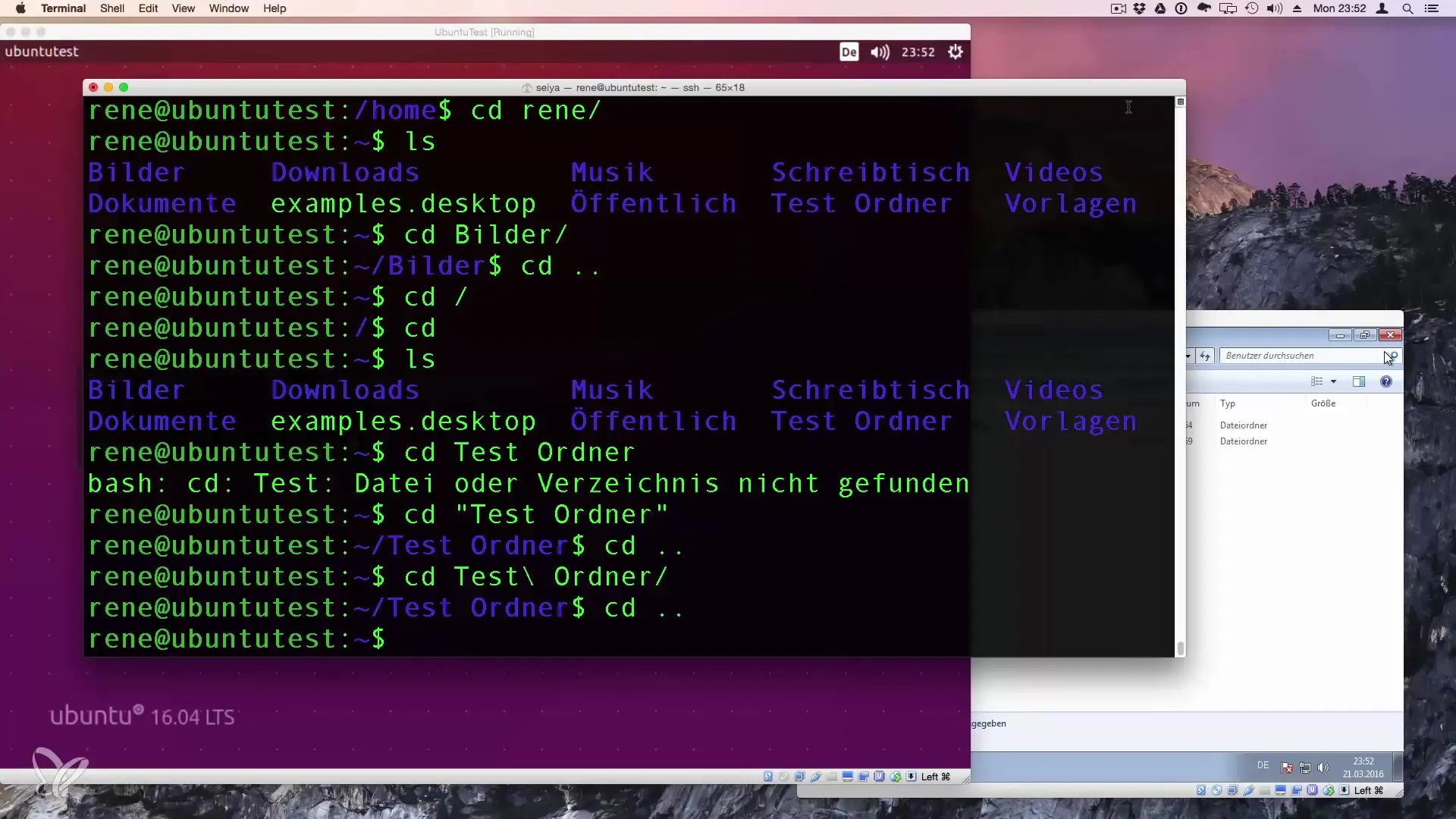
You can enter this command at any time to check your current location in the file system. For example, you are in the home directory when you open the terminal without prior navigation.
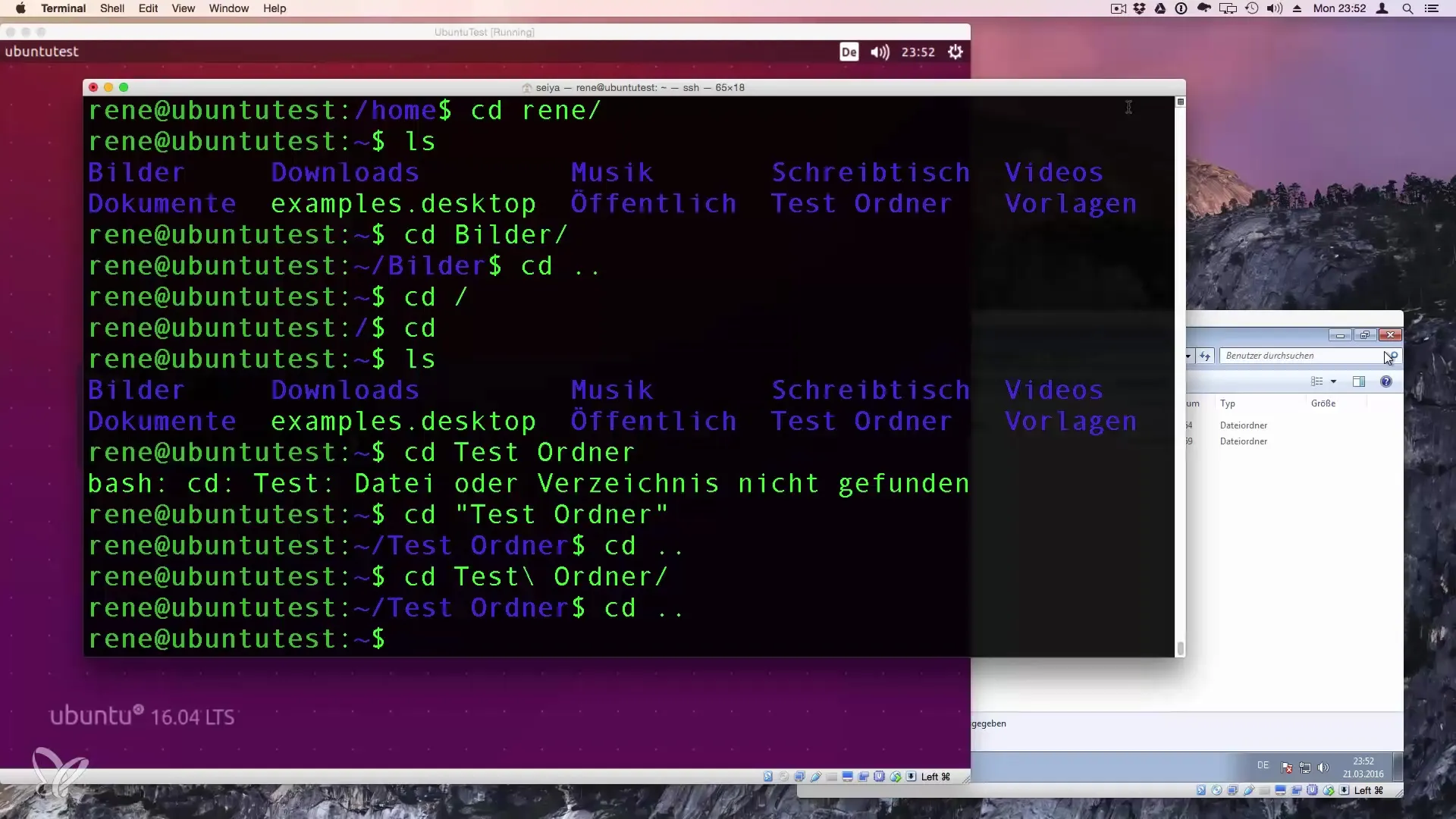
Suppose you used the command cd to change to another directory. Let’s say you are in a subdirectory like war.
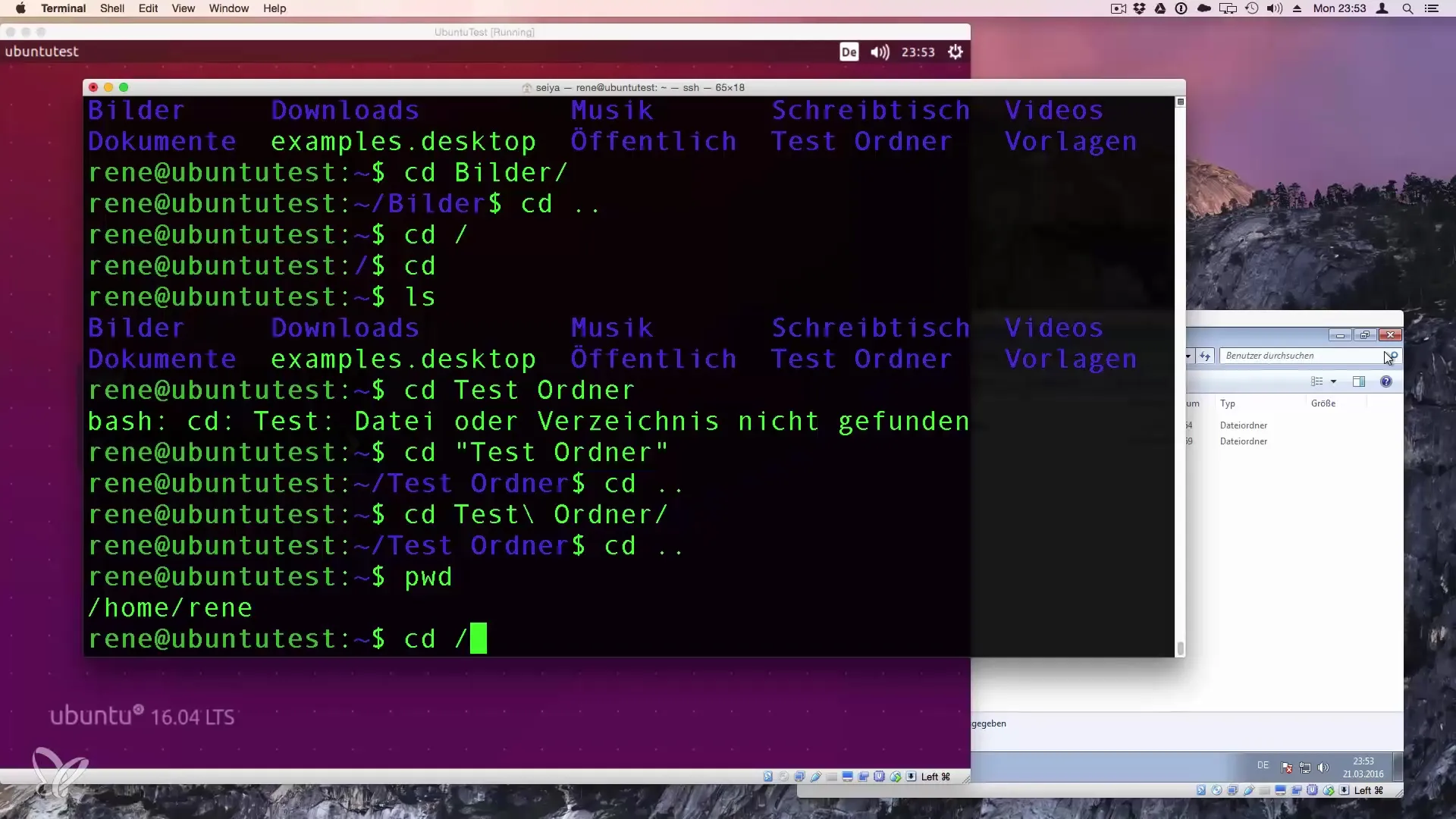
To check where exactly you are, simply type pwd into the terminal. The terminal will return the absolute path, so you know exactly where you are.
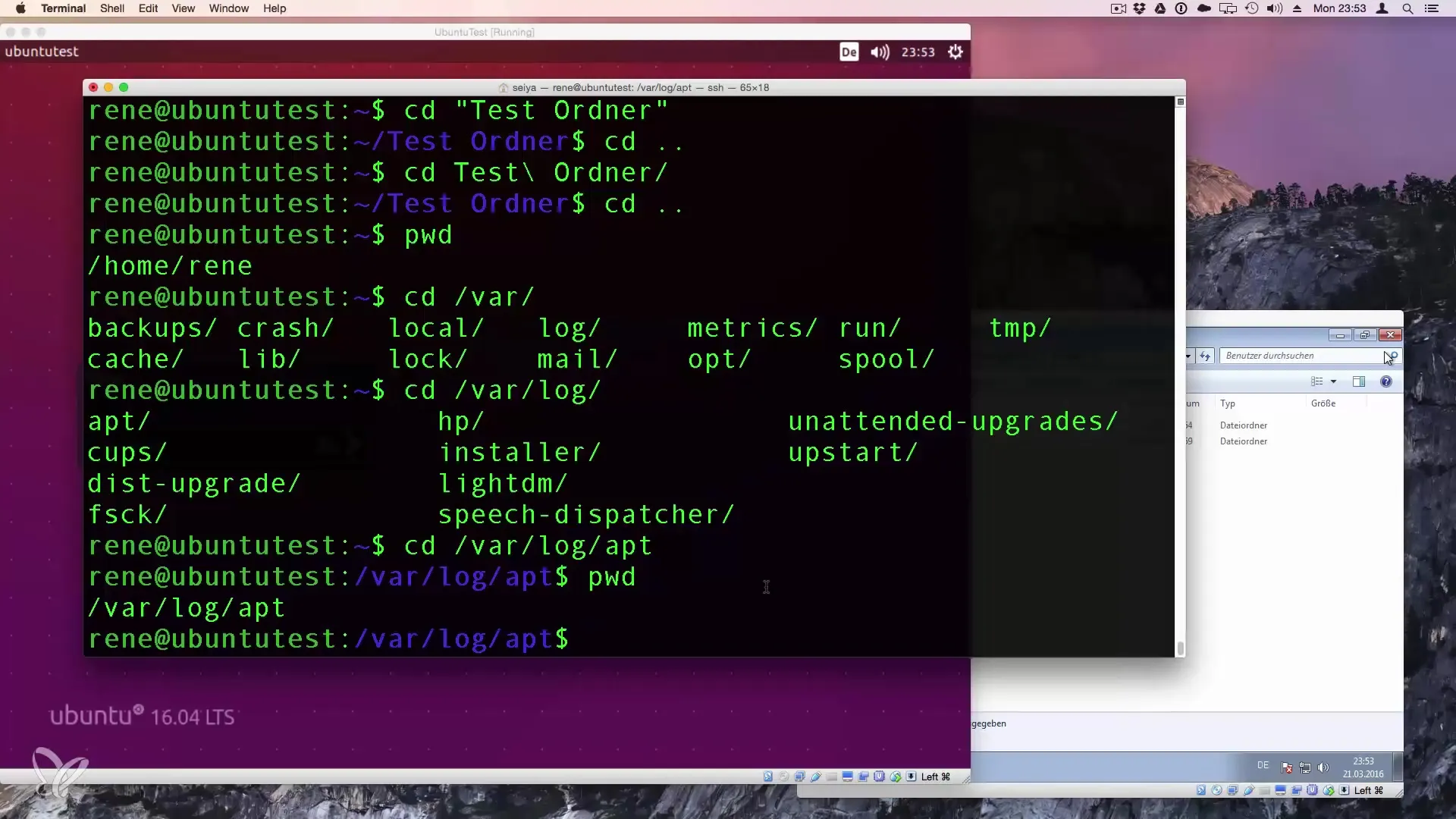
This command is particularly useful when you are in a deep directory structure and have lost track of where you are. With pwd, you can quickly orient yourself.
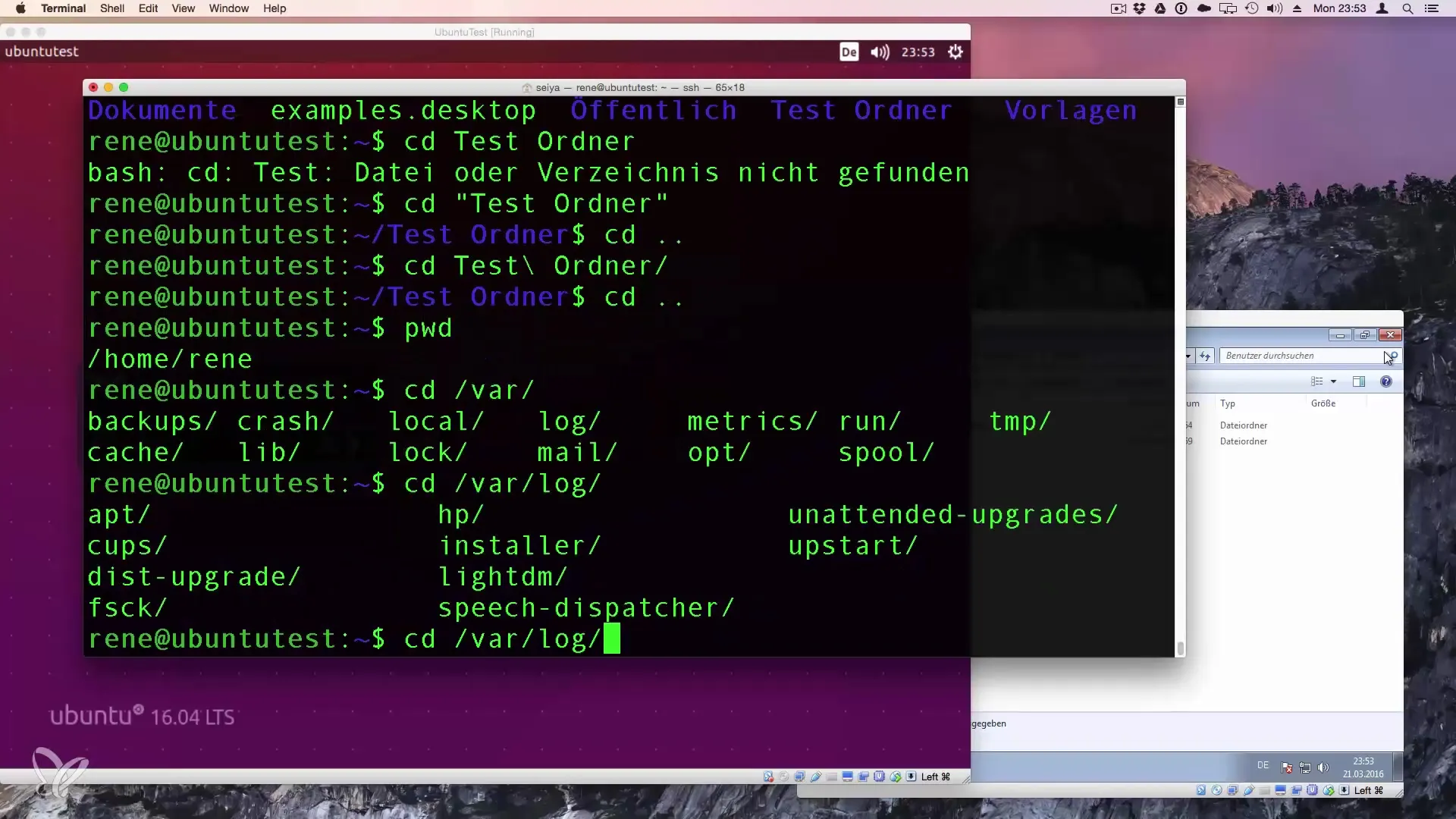
You should also be aware that the pwd command can be very useful in combination with other commands. You can copy the output and use it elsewhere, especially when writing scripts or documenting directories.
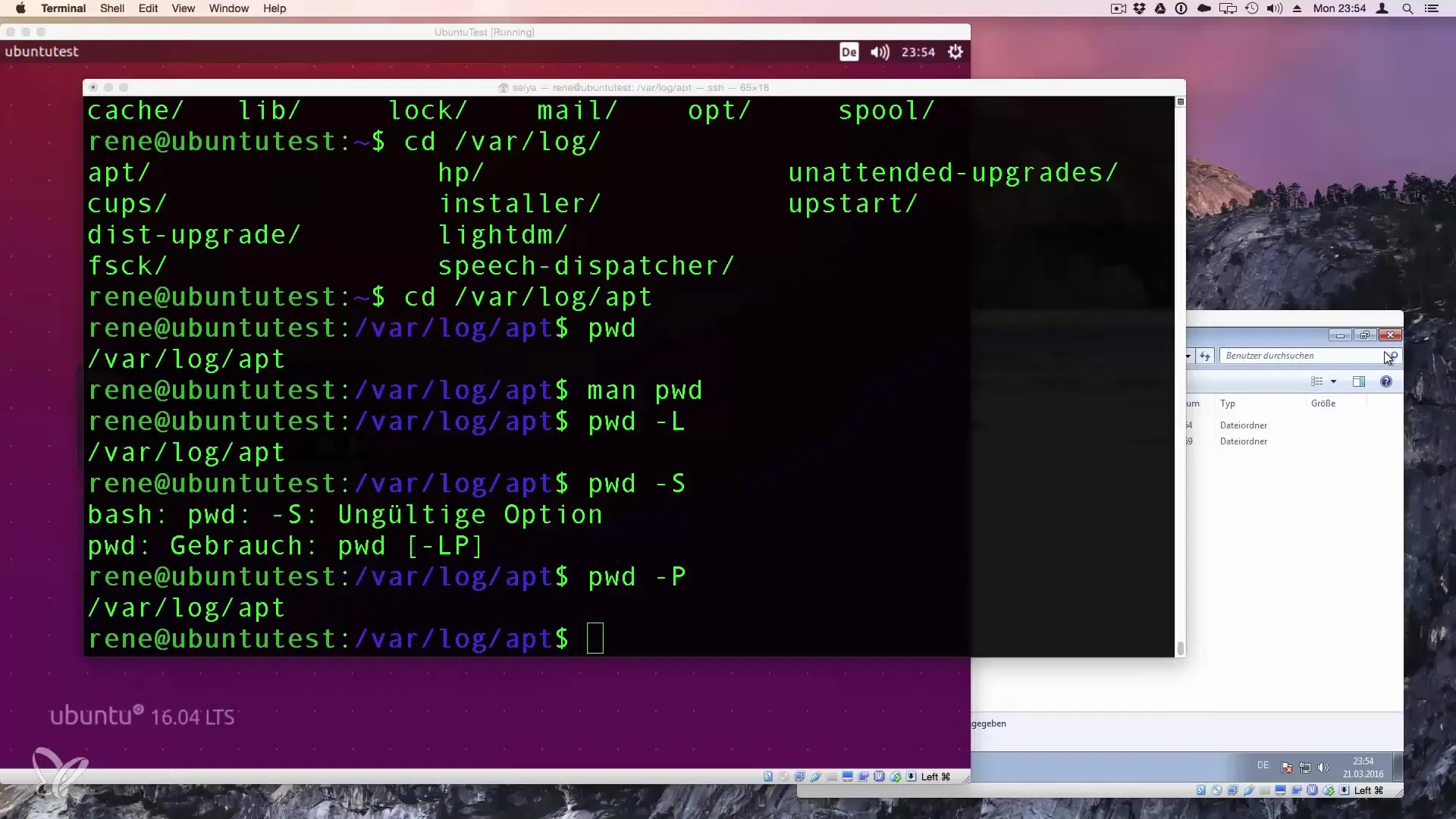
In summary, pwd is a simple but extremely useful command that can help you navigate the extensive file system of Linux more effectively.
Summary - Finding Your Current Directory Path with the Command pwd
The command pwd is a valuable tool for navigation in Linux, displaying your exact location in the file system. It is important to know this command and integrate it into your daily usage. This way, you can ensure that you always keep track, no matter how deep you dive into the directory structure.
Frequently Asked Questions
What does pwd mean?pwd stands for "Print Working Directory" and shows the absolute path of the current directory.
How is the pwd command used?Just type pwd in the terminal and press Enter to see your current path.
Why should I use pwd?This command helps you determine your location in the file system, which is especially useful when navigating through many directories.
Can I copy the output of pwd?Yes, you can copy the output of pwd and use it in other applications or scripts.
When will I need pwd?Whenever you have lost your orientation in your directory structure or want to ensure you are working in the correct directory.


